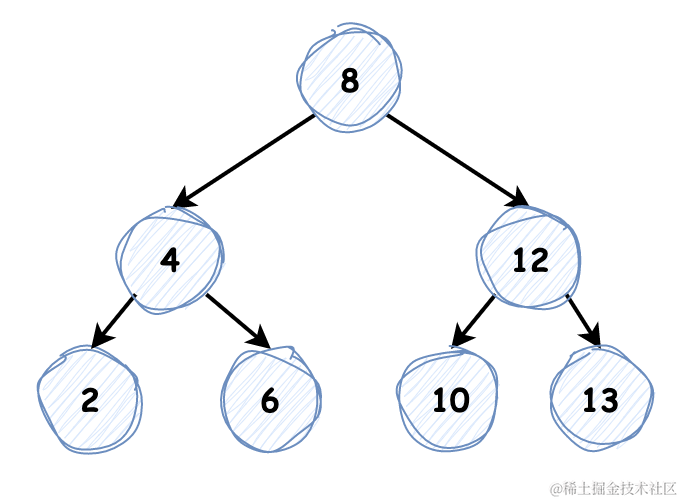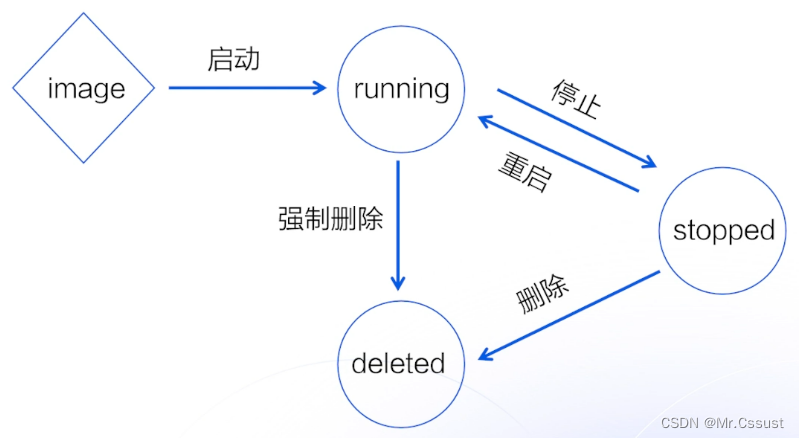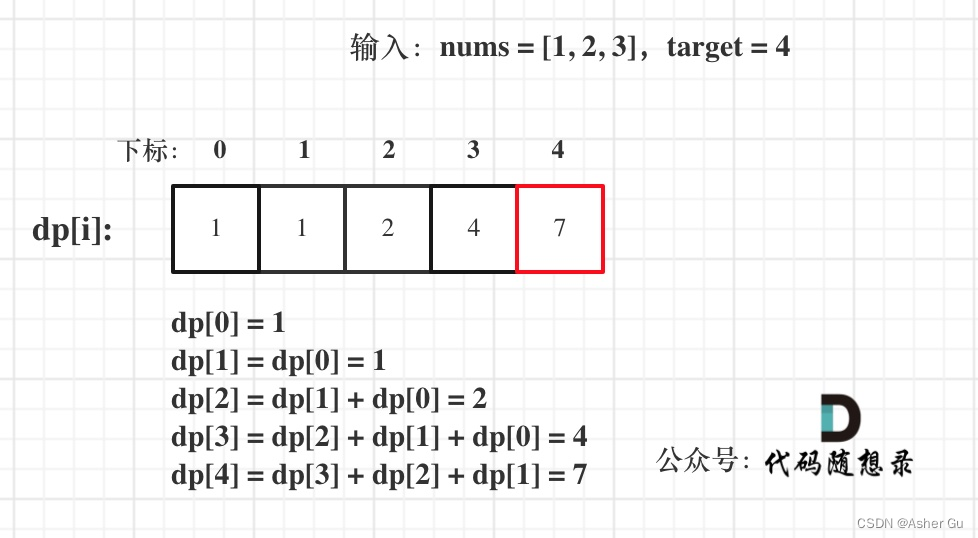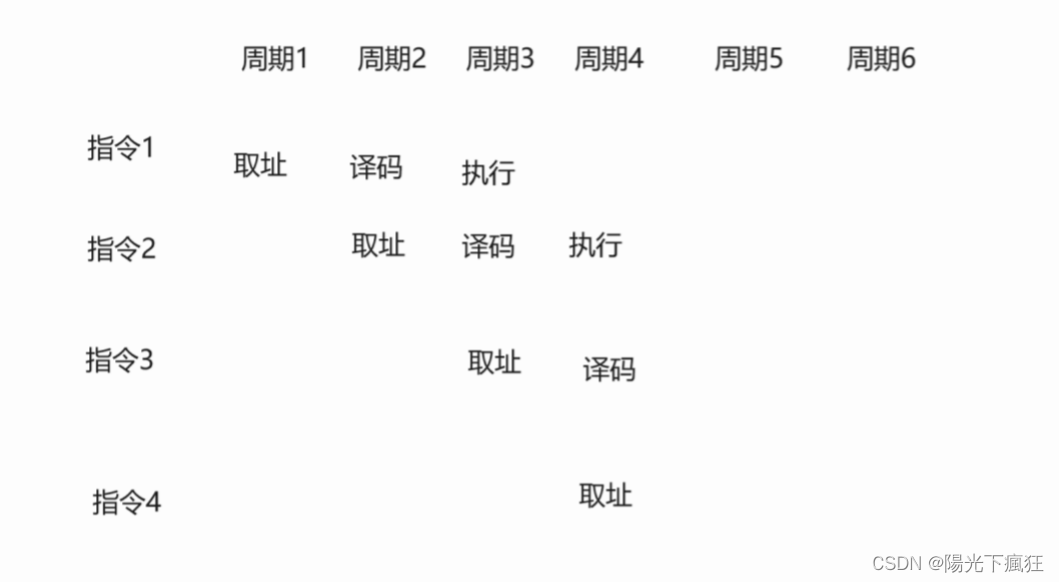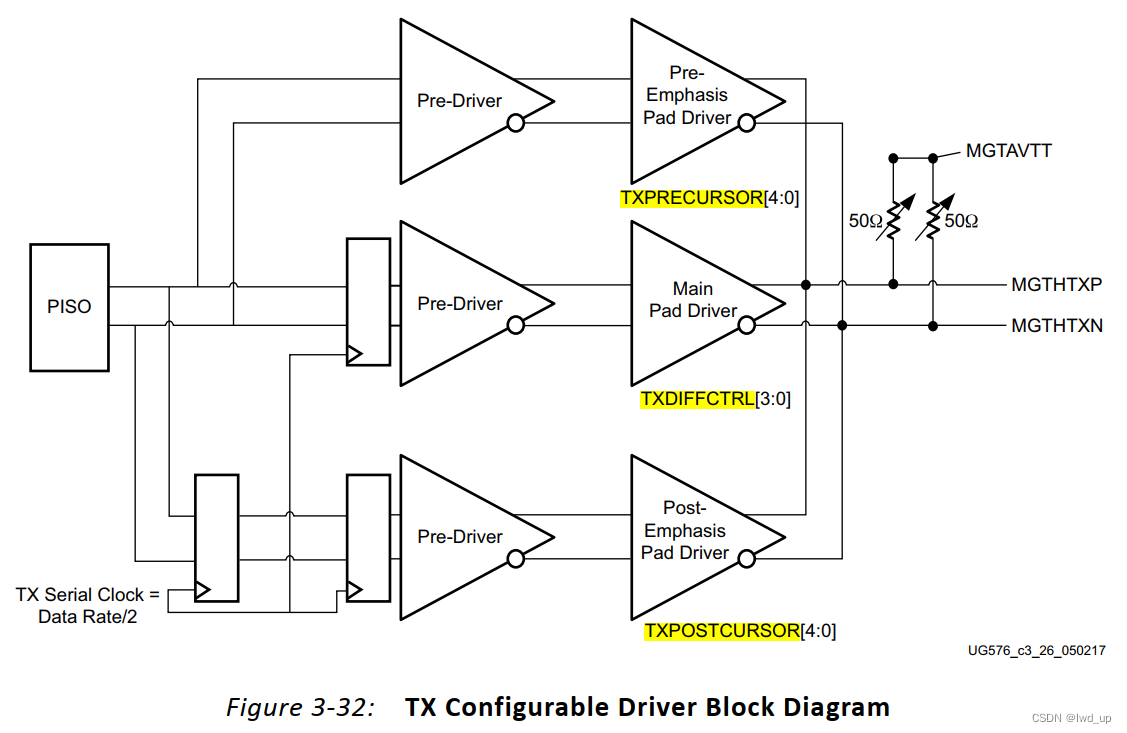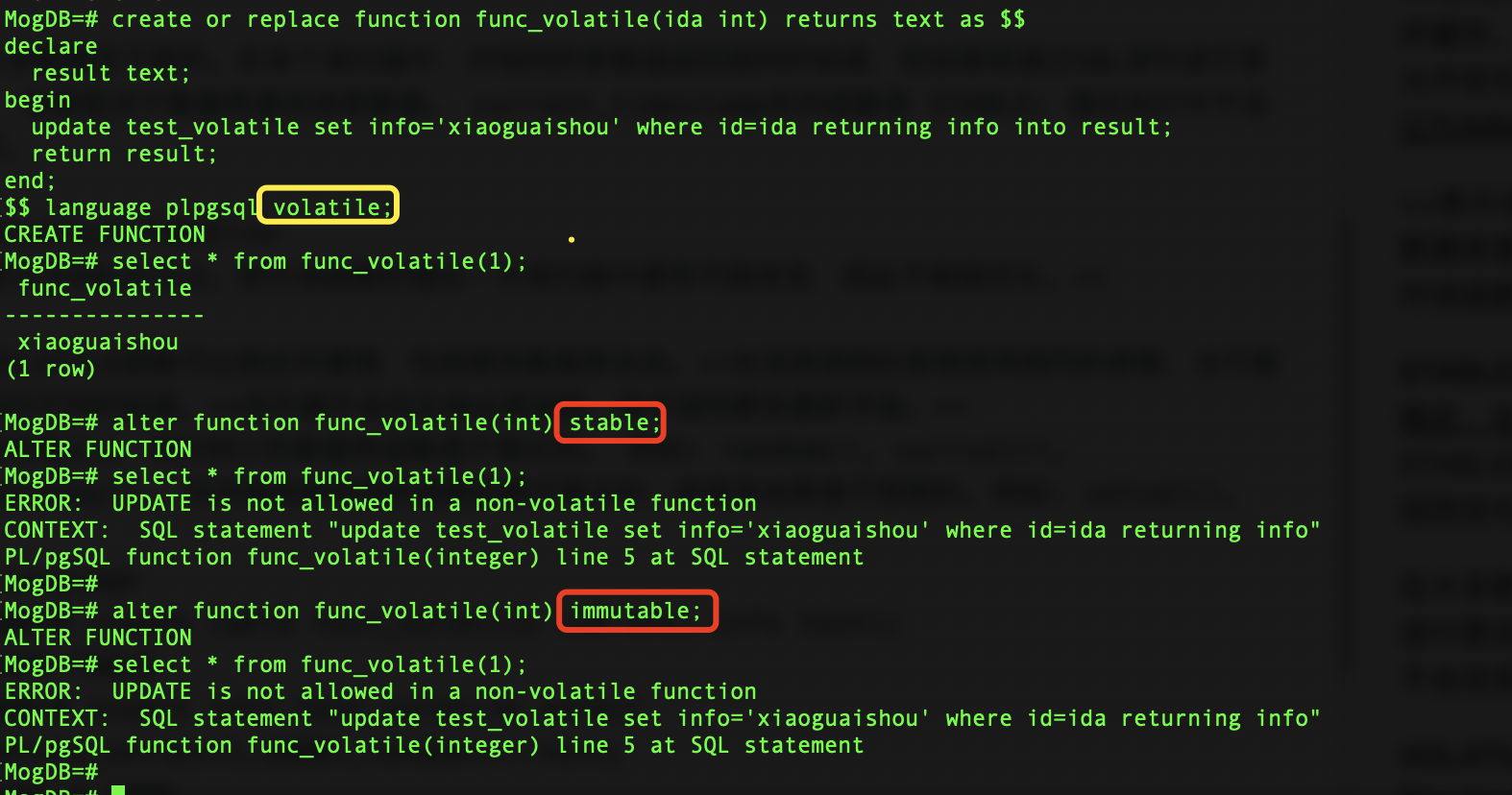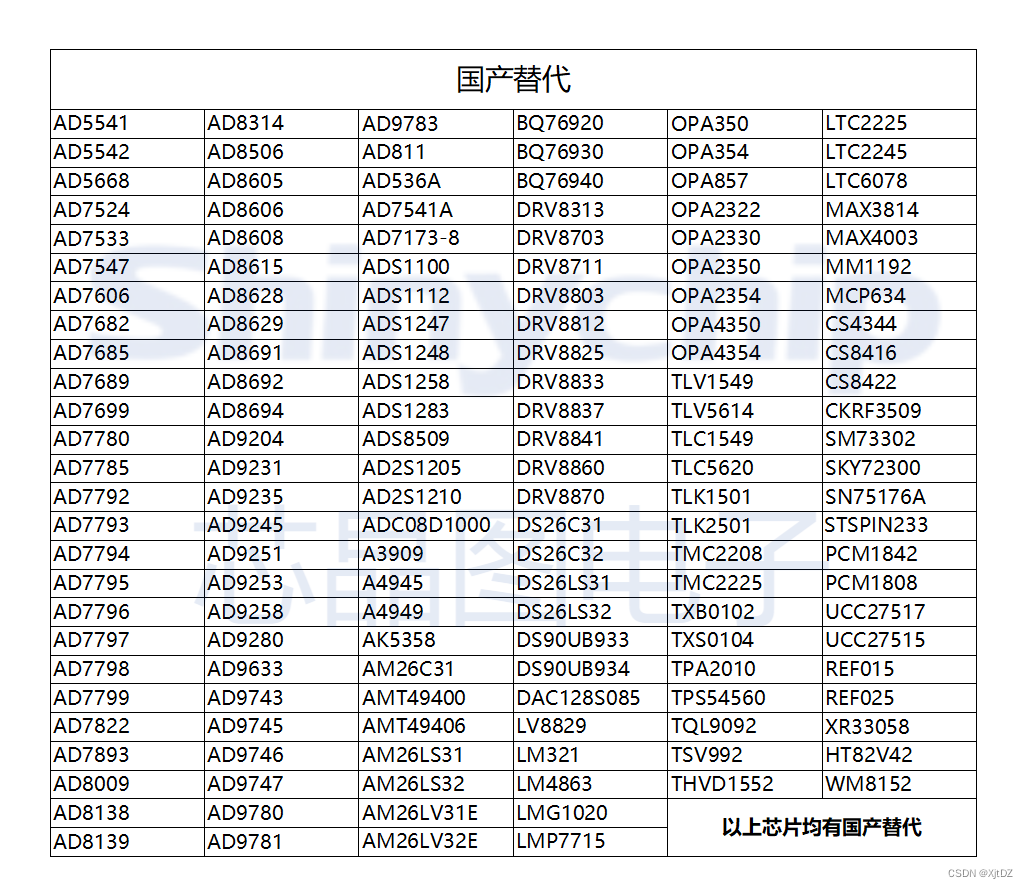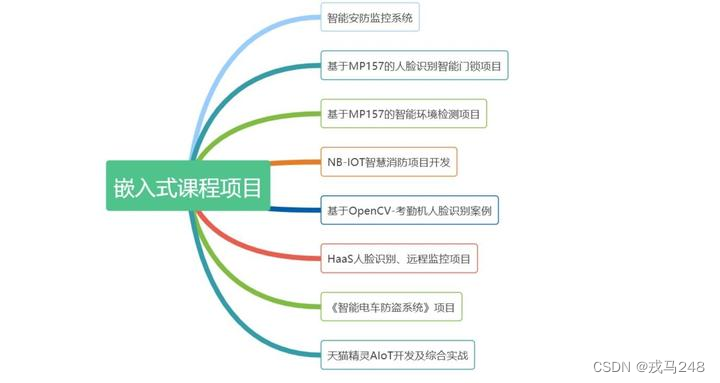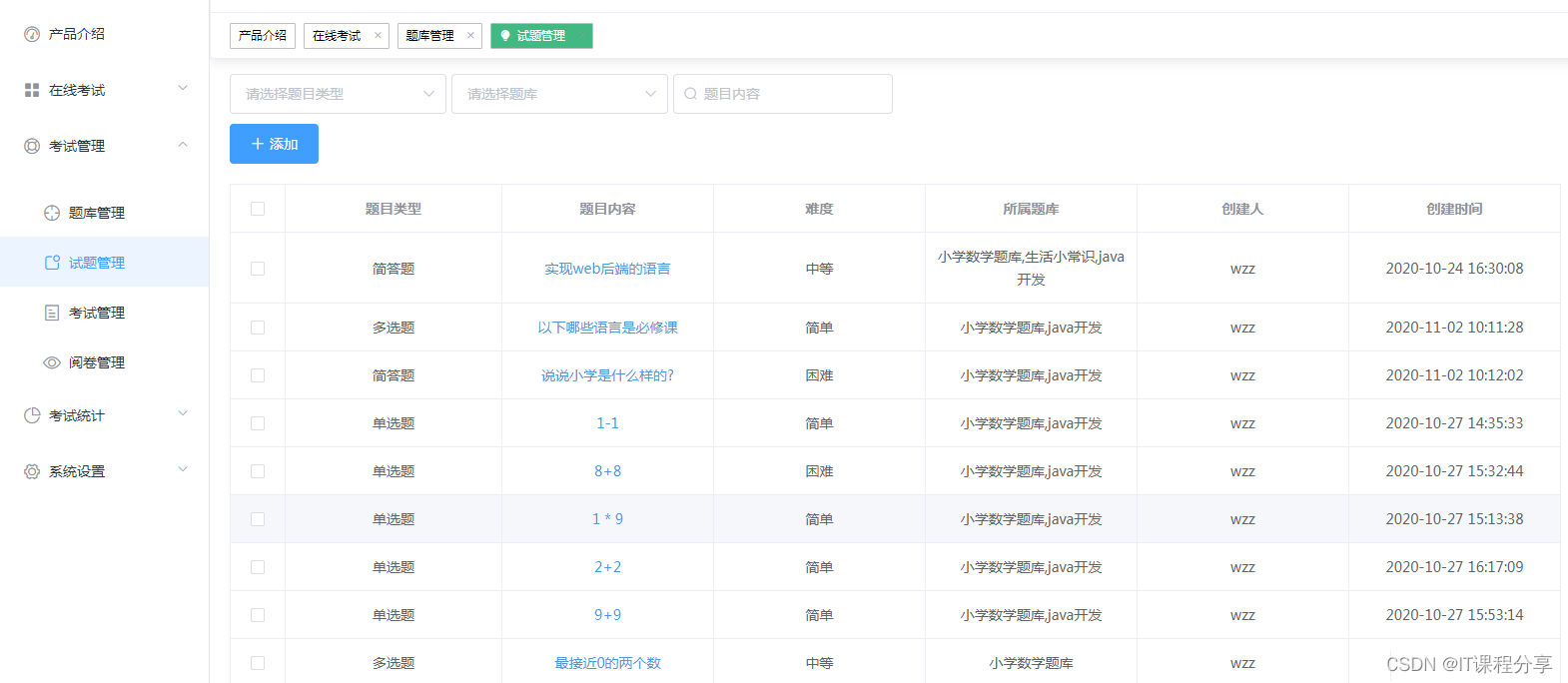目录
单链表
主函数test.c
test1
test2
test3
test4
头文件&函数声明SList.h
函数实现SList.c
打印SLPrint
创建节点CreateNode
尾插SLPushBack
头插SLPushFront
头删SLPopBck
尾删SLPopFront
易错点
本篇开始链表学习。今天主要是单链表&OJ题目。
单链表
前面的博文我们讲了顺序表。顺序表的优势就是【物理空间的连续】,就只需要一个指针指向开始位置,用数组下标去访问即可。但是这也是它的劣势。当插入和删除数据需要挪动数据。
无论是【顺序表】还是【链表】里的数据,任何类型都可。所以用typedef。
在开始阶段,线性表可能是物理空间上连续【顺序表】,可能是逻辑顺序上连续【链表】。链表的优势就是,删除和插入数据不需要挪动,空间可以一块一块的释放,不会影响其他节点。链表每个节点都是独立的。
【链表】的种类很多,今天先介绍【无头单项不循环链表】----【单链表】。



主函数test.c
#include"SList.h"int main()
{
SLNode* phead = NULL;//结构体指针变量存放结构体的地址 头节点
test1(&phead);//测试尾插
test2(&phead);//测试头插
test3(&phead);//测试尾删
test4(&phead);//测试头删
return 0;
}test1
void test1(SLNode** pphead)//测试尾插
{
SLPushBack(pphead, 10);
SLPushBack(pphead, 20);
SLPushBack(pphead, 30);
SLPushBack(pphead, 40);
SLPrint(*pphead);
}test2
void test2(SLNode** pphead)//测试头插
{
SLPushFront(pphead, 77);
SLPushFront(pphead, 66);
SLPushFront(pphead, 55);
SLPushFront(pphead, 33);
SLPrint(*pphead);
}test3
void test3(SLNode** pphead)//测试头删
{
SLPopFront(pphead);
SLPopFront(pphead);
SLPopFront(pphead);
SLPrint(*pphead);
}test4
void test4(SLNode** pphead)//测试尾删
{
SLPopBack(pphead);
SLPopBack(pphead);
SLPrint(*pphead);
}头文件&函数声明SList.h
#pragma once
#include<stdio.h>
#include<assert.h>
#include<stdlib.h>- 创建单链表
//创建单链表
typedef int SLNDataType;//单链表节点数据类型
typedef struct SListNode//创建节点
{
SLNDataType val;
struct SListNode* next;
}SLNode;?为什么 SListNode 还未创建好,就可以在结构体内部使用这个 SListNode 了
因为next是一个结构体指针变量,主体是指针变量,无影响。但是如果是 struct SListNode next;不可以,结构体嵌套结构体是不可以的。
- 打印数据
//打印数据
void SLPrint(SLNode* phead);- 尾插
//尾插
void SLPushBack(SLNode** pphead, SLNDataType x);- 头插
//头插
void SLPushFront(SLNode** pphead, SLNDataType x);- 头删
//头删
void SLPopFront(SLNode** pphead);- 尾删
//尾删
void SLPopBack(SLNode** pphead);函数实现SList.c
#include"SList.h"打印SLPrint
- 不要让phead移动
void SLPrint(SLNode* phead)
{
assert(phead);
SLNode* tail = phead;
printf("phead->");
while (tail->next != NULL)
{
printf("%d->", tail->val);
tail = tail->next;
}
printf("NULL");
printf("\n");
}
创建节点CreateNode
//创建链表的节点---结构体
SLNode* CreateNode(SLNDataType x)
{
SLNode* newnode = (SLNode*)malloc(sizeof(SLNode));
if (newnode == NULL)
{
perror("malloc");
exit(-1);//直接终止程序
//return;
}
newnode->val = x;
newnode->next = NULL;
return newnode;
}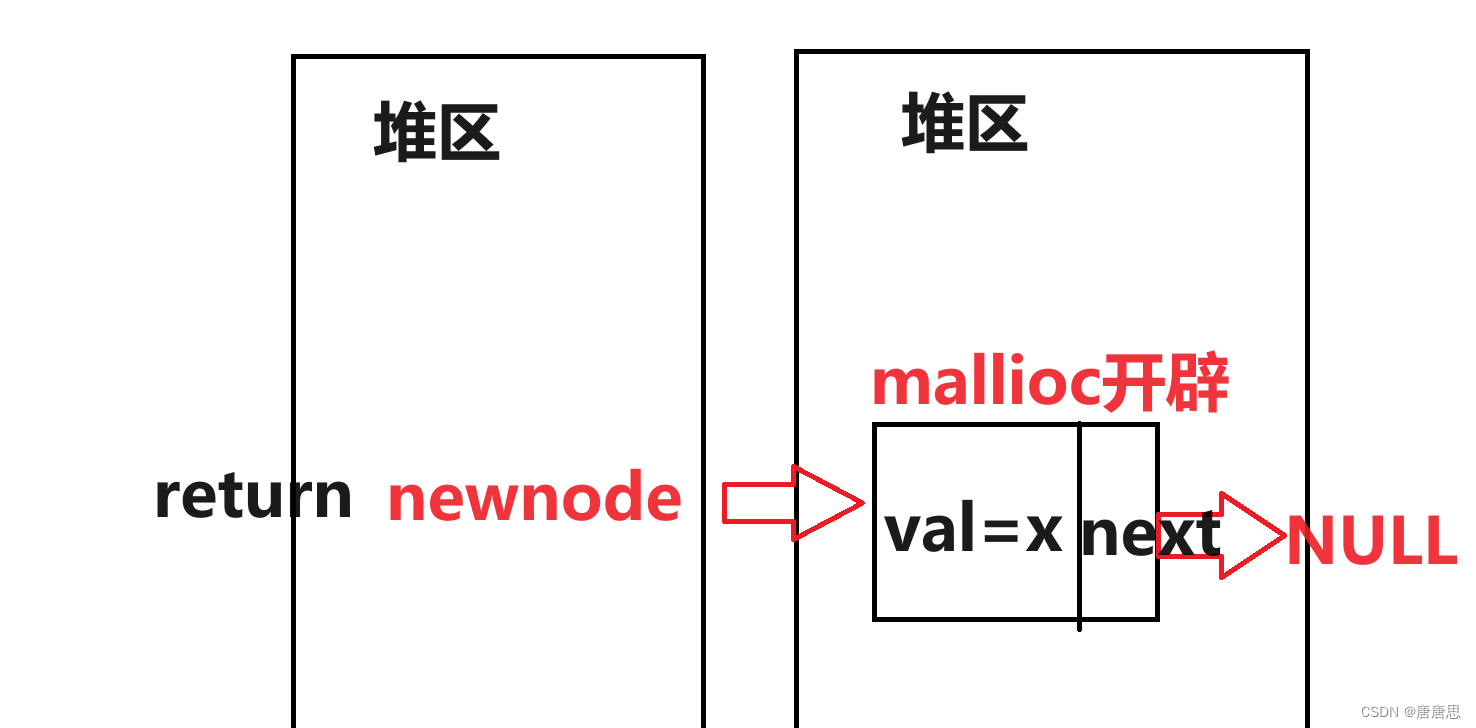
尾插SLPushBack
- 二级指针的使用,不然就会链接不起来,出了函数栈帧局部变量就销毁了。
- 改变外部的变量,一定有一个解引用的操作
- 多情况的考虑
//尾插
void SLPushBack(SLNode** pphead, SLNDataType x)
{
//assert(*pphead);
SLNode* newnode = CreateNode(x);
//无节点
if (*pphead == NULL)
{
*pphead = newnode;
}
//多个节点
else
{
SLNode* tail = *pphead;
while (tail->next != NULL)
{
tail = tail->next;
}
tail->next = newnode;
}
}

头插SLPushFront
- 代码书写的先后顺序
- 二级指针
//头插
void SLPushFront(SLNode** pphead, SLNDataType x)
{
//assert(*pphead);
SLNode* newnode = CreateNode(x);
newnode->next = *pphead;
*pphead = newnode;
}
头删SLPopBck
- 代码书写的先后顺序
- 二级指针
//头删
void SLPopFront(SLNode** pphead)
{
assert(*pphead);
SLNode* tail = *pphead;
*pphead = (*pphead)->next;
free(tail);
tail = NULL;
} 
尾删SLPopFront
- 多种情况的考虑
//尾删
void SLPopBack(SLNode** pphead)
{
assert(*pphead);
//一个节点
if ((*pphead)->next == NULL)
{
free(*pphead);
*pphead = NULL;
}
else
{
SLNode* tail = *pphead;
SLNode* prve = tail;
while (tail->next != NULL)
{
prve = tail;
tail = tail->next;
}
prve->next = NULL;
free(tail);
tail = NULL;
}
}


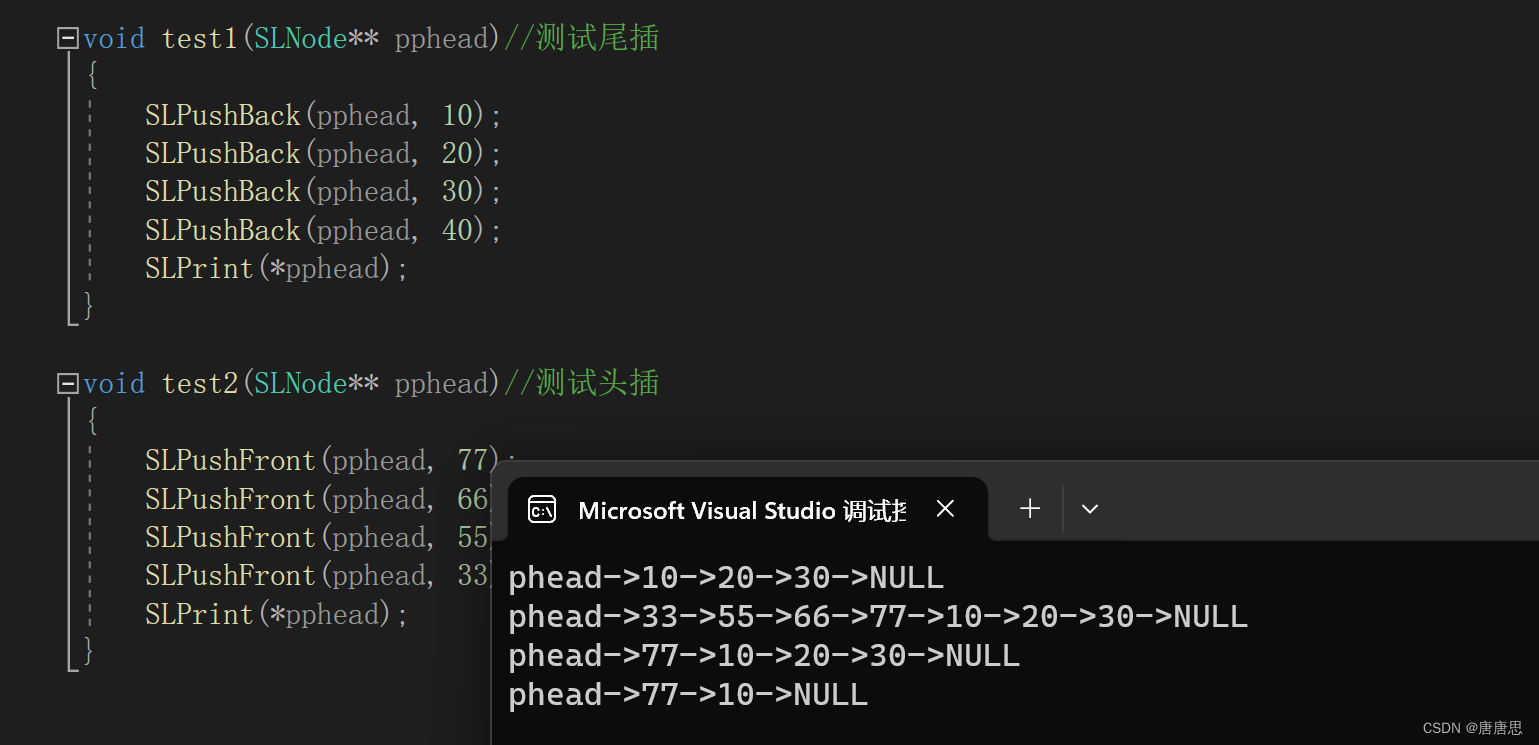
易错点
- 断言❌
- 无节点/一个节点/多节点的考虑❌
- 传值调用/传址调用(二级指针使用)❌
- 记住:要修改头节点(头节点是结构体指针变量的指向必须用二级指针❌
- 空间的释放(不是释放指针变量,释放的是指针指向的空间)❌
- *pphead&*pphead->next辨析❌
- 野指针的诞生❌
代码---------→【唐棣棣 (TSQXG) - Gitee.com】
联系---------→【邮箱:2784139418@qq.com】
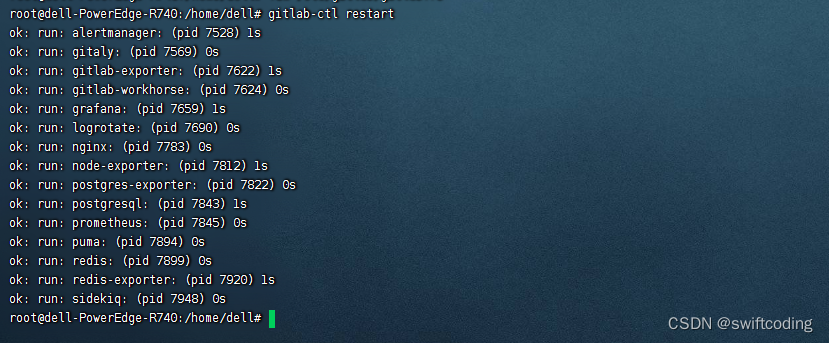

![[动态规划] (三) LeetCode 746. 使用最小花费爬楼梯](https://img-blog.csdnimg.cn/img_convert/547e5b48a5143362dbefd80990b0be76.png)


